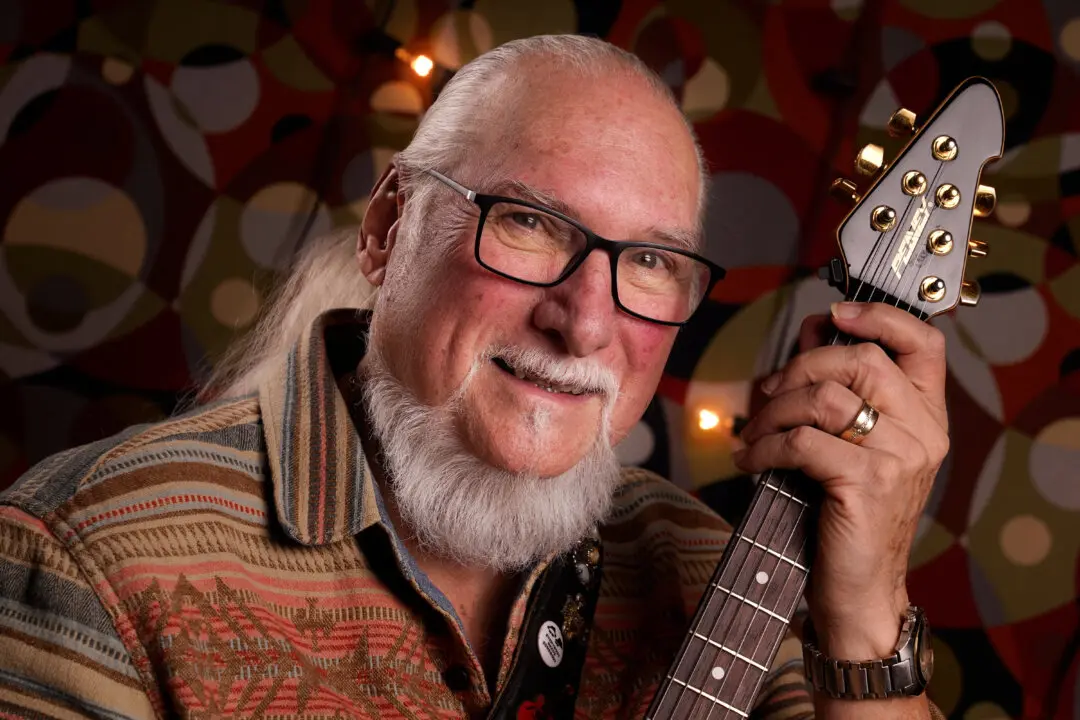SACHICA, Colombia—The army truck pulled up at 4 p.m. on a Sunday as Omar Rodríguez, in a baseball cap and torn jeans, walked to a bus stop in his rural village of tile-roofed white homes.
Soldiers demanded Rodríguez show his government military ID card. Because he never finished the military inscription process required of Colombia’s young men, he had nothing to show. He was hauled away to serve 1 1/2 years on the front lines of a conflict in which leftist rebels have sought to force a more equitable distribution of wealth, particularly in Colombia’s rural areas.
He did only eight months. On Oct. 25, shrapnel ripped into Rodríguez’s 18-year-old body as he and 11 other soldiers were killed in a rebel ambush. His relatives are angry and bitter. Rodríguez died in a uniform he never wanted to wear.
The rural poor “are the ones who suffer the consequences of a war those in the city don’t care about,” his brother Ricardo said.
Rodríguez’s mother, Alicia Pardo, drew journalists’ attention at her son’s funeral, which was held with full military honors and President Juan Manuel Santos in attendance. “They hauled him away without even giving him a chance to say anything,” she said.
Such stories are familiar to Colombia’s poor, whose young men have been forced to fight for a government they barely perceive in their daily lives.





